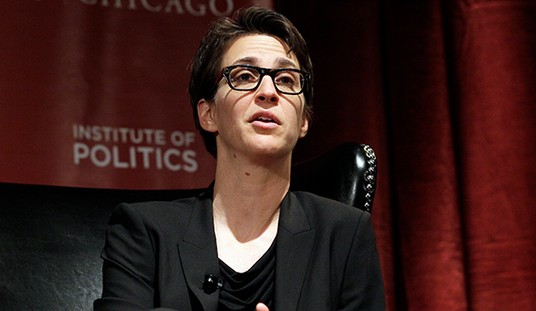For Minnesotans, coming next is meant literally. In order to keep insurers from fleeing the Mnsure ObamaCare exchange, Commerce Commissioner Mark Rothman and Governor Mark Dayton had to agree to massive rate increases across the board, which have garnered most of the headlines and discussion in this state and around the nation. Another less-discussed concession, though, might have even worse portents for the unaffordable Affordable Care Act. Rothman and Dayton have allowed insurers to cap enrollments in order to limit their losses — an act of rationing that may set precedent for negotiations in other states.
David Montgomery reported it two weeks ago for the Pioneer Press:
Most of the health plans remaining in the individual insurance market will stop accepting new customers after they reach a certain number of enrollees.
Medica’s two plans will stop enrollment at 50,000 combined customers, HealthPartners and Group Health at a combined 72,000 enrollees and UCare at 30,000. Only BluePlus will have no cap.
This will put a big bite in Minnesota consumers’ ability to choose a plan that fits their needs. At the moment, 250,000 Minnesotans buy insurance on the individual market, some of whom qualify for state-run coverage based on income levels. The vast majority of these consumers, however, have to buy their own plan, many of them without recourse to subsidies. Rothman and Dayton have both acknowledged that Mnsure is pounding the middle class:
Even as state officials touted the savings available on MNsure, though, they warned about the big costs faced by the many Minnesotans who don’t qualify for subsidies because their incomes are too high — but not high enough to pay their insurance costs.
“These are middle-class Minnesotans,” Rothman said. “They are getting squeezed, crushed, by these health insurance costs.”
Now the question becomes whether they can purchase insurance at all. The caps, added together, come to 152,000 openings for enrollment. Those who can’t find a slot with Medica, Health Partners, or UCare will have no choice but to opt for Blue Plus, even if the rates are too high and the coverage doesn’t fit their needs.
Plus, as the Star Tribune pointed out on Wednesday, they will no longer have the luxury of doing research to see what actually fits their needs and budgets. The first-come, first-served aspect of the enrollment caps means that this becomes a game of musical chairs:
A year-ago, as consumers were sizing up premium jumps for 2016, some shoppers took a long time to decide about what choice to make to mitigate the impact, Mathson said. With the caps, consumers won’t have time to wait.
“If you wait until the end of January to make a decision, there could be very little choice left for you,” Mathson said. “If you even wait until December there could be fewer choices.”
And if you live outside of southern Minnesota, Mnsure consumers won’t get access to the Mayo Clinic, despite its prominence in the state:
The Blue Cross pullback means there will be no individual insurance policies offered outside of southern Minnesota for 2017 that will provide in-network access to Mayo Clinic in Rochester, according to clinic officials.
In a statement, Mayo Clinic spokesman Karl Oestreich said: “This is one more example of the challenges facing the individual market and regrettably patients in Minnesota. While we understand Blue Cross’ decision to withdraw from this market, this decision will leave a gap in patient access to Mayo Clinic, which concerns us.”
Minnesotans will pay more and get less — and that’s if they’re lucky enough to have a choice in plans. Thanks to rationing, tens of thousands of Minnesotans will have the Hobson’s choice of Blue Plus or nothing at all, and an IRS fine to boot.
Yesterday, Minnesota House speaker Kurt Daudt came on my show to discuss the debacle in Minnesota, and what Republicans in the state legislature want to do to start unraveling it. But don’t think that insurance rationing will remain a Minnesota problem. That may become the new normal across the nation as states get increasingly desperate to keep insurers in markets, and insurers get more desperate to minimize their losses in this sector.








Join the conversation as a VIP Member